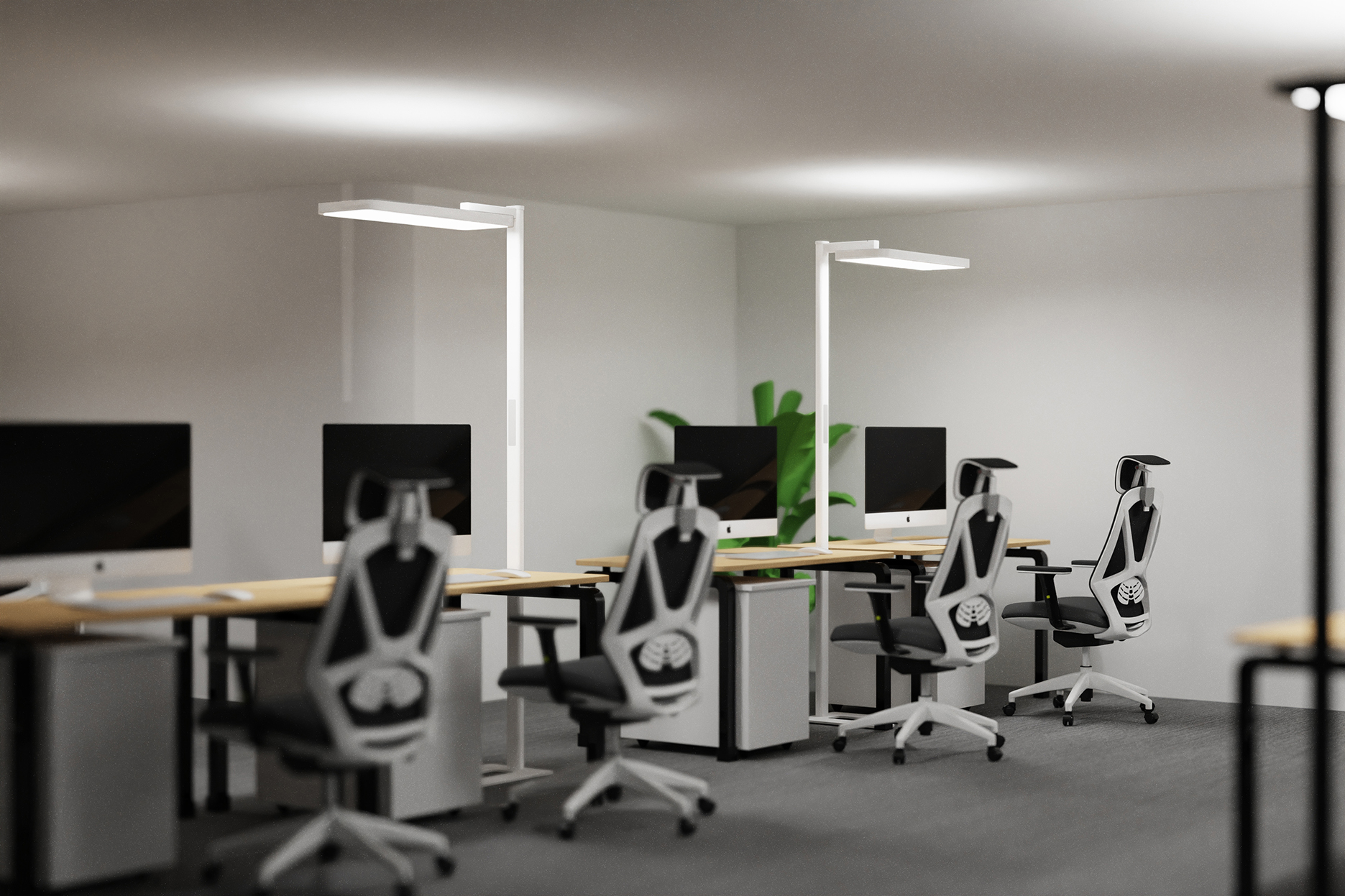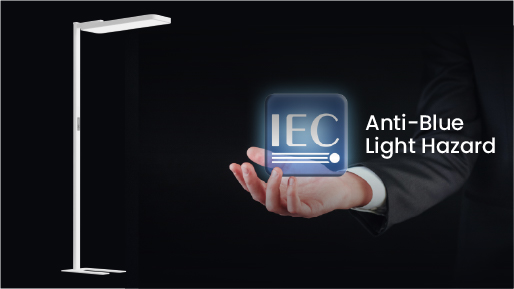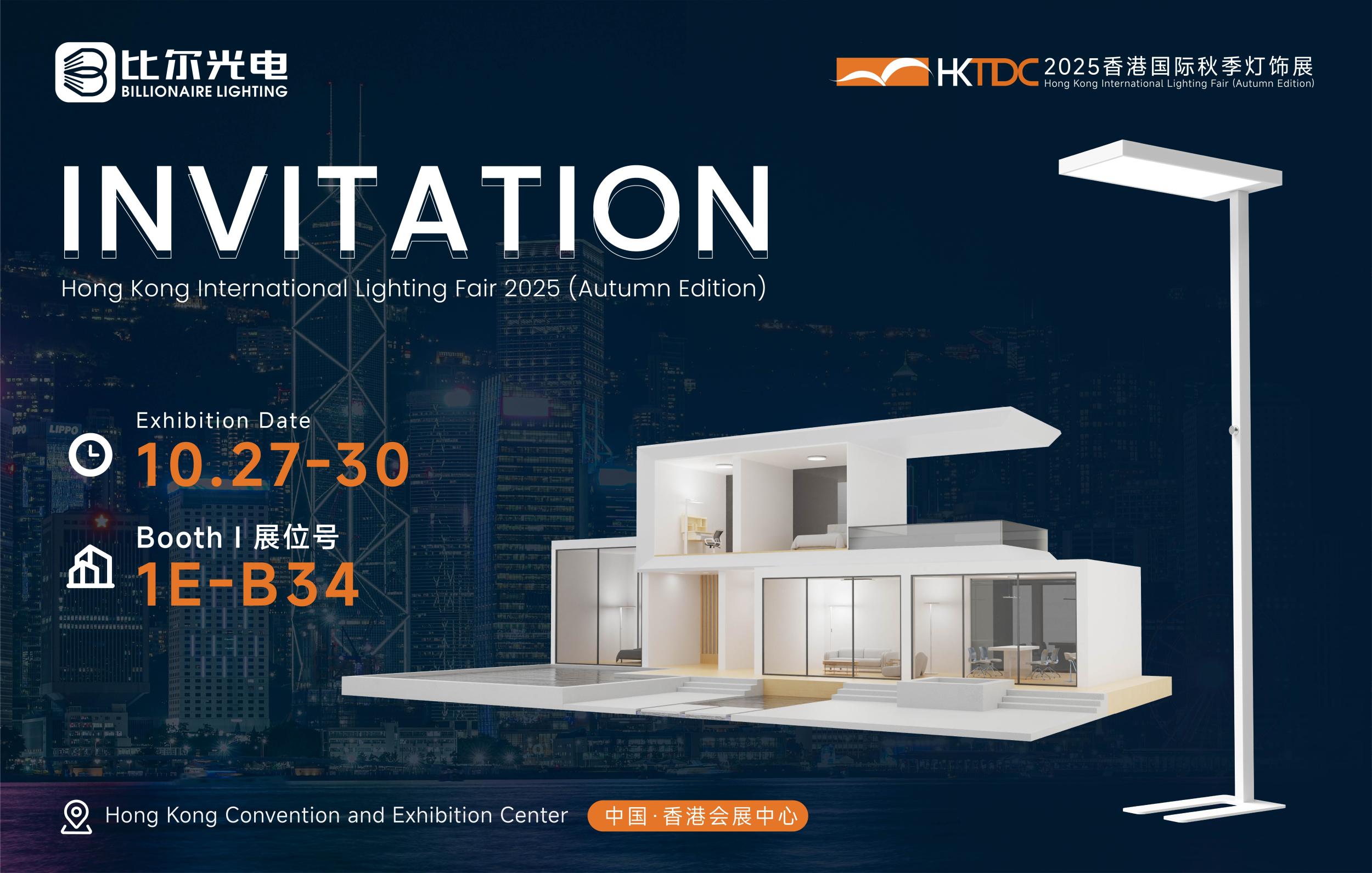Free - standing luminaires, also known as floor lamps or standard lamps in common parlance, are an essential part of interior lighting design. They have evolved significantly over time, from simple functional devices to sophisticated elements that combine form and function. This article will delve into various aspects of free - standing luminaires, including their design, types, applications, energy efficiency, and the impact of technological advancements on them.
Design Elements of Free - Standing Luminaires
Structure and Shape
The structure of a free - standing luminaire is designed to support the light source and direct the light effectively. The most common shape is the tall, vertical pole with a lamp shade at the top. However, modern designs have deviated from this traditional form. There are now free - standing luminaires with curved or angled poles, which can add a sense of fluidity and movement to a room. Some designs feature multiple arms, allowing for the adjustment of light in different directions. For example, the Arc floor lamp, with its long, curved arm that extends over a seating area, provides both ambient and task lighting. The base of the luminaire is also an important design consideration. It needs to be stable enough to prevent the lamp from tipping over. Bases can range from small, circular weighted bases to large, elaborate designs that serve as decorative elements in their own right.
Materials
A wide range of materials are used in the construction of free - standing luminaires. Metal is a popular choice for the pole and base due to its durability and strength. Aluminum is lightweight yet sturdy, and it can be finished in various ways, such as brushed, polished, or powder - coated to match different interior styles. Steel is also commonly used, especially for more industrial - themed designs. Wood is another material that adds a warm and natural touch. Solid wood poles or bases can create an elegant, rustic look, while engineered wood products are often used for cost - effective yet aesthetically pleasing designs. Lamp shades can be made from materials like fabric, paper, glass, or plastic. Fabric shades, such as linen or silk, diffuse light softly, creating a warm and inviting atmosphere. Glass shades, on the other hand, can provide a more direct and focused light, and they come in various shapes and colors, from clear glass for a modern look to colored or frosted glass for a more decorative effect.
Aesthetic Appeal
Free - standing luminaires play a crucial role in enhancing the aesthetic of a space. They can be used as focal points in a room, especially when they feature unique designs or eye - catching finishes. A contemporary, minimalist floor lamp with a sleek metal body and a simple white fabric shade can blend seamlessly into a modern, open - plan living area, adding a touch of elegance. In a traditional - style room, a floor lamp with a carved wooden base and a richly colored, patterned fabric shade can complement the existing decor. Additionally, free - standing luminaires can be used to create contrast. For example, placing a bold, colorful floor lamp in a neutral - toned room can add a pop of color and personality.
Types of Free - Standing Luminaires
Task - Oriented Free - Standing Luminaires
Task - oriented free - standing luminaires are designed to provide focused light for specific activities. Reading lamps are a common type of task - oriented luminaire. They typically have adjustable heads or arms, allowing the user to direct the light precisely where it is needed, such as onto a book or a work surface. Some reading lamps also come with features like built - in magnifying glasses, which are useful for those with visual impairments. Drafting lamps are another example. These are designed for professionals who need bright, focused light for detailed work, such as architects or artists. They often have high - intensity bulbs and adjustable angles to ensure optimal illumination of the drafting table.
Ambient - Lighting Free - Standing Luminaires
Ambient - lighting free - standing luminaires are used to create a general, overall illumination in a room. They are not meant to be the main source of light but rather to supplement other light sources and add a soft glow. Floor lamps with large, diffusing shades are often used for ambient lighting. These lamps spread light evenly throughout the room, reducing harsh shadows and creating a warm and inviting atmosphere. Some ambient - lighting free - standing luminaires also incorporate dimming features, allowing the user to adjust the brightness according to the mood or time of day. For example, in the evening, a lower - intensity ambient light can create a cozy environment for relaxation.
Accent - Lighting Free - Standing Luminaires
Accent - lighting free - standing luminaires are used to draw attention to specific objects or areas in a room. They can be used to highlight a piece of artwork, a plant, or an architectural feature. Spotlights attached to a free - standing pole are a common form of accent - lighting luminaire. These spotlights can be adjusted to direct light at a specific angle, emphasizing the details of the object being illuminated. Uplighting free - standing luminaires are also popular for accent lighting. They are placed on the floor and direct light upwards, creating an interesting visual effect, such as highlighting the texture of a wall or the height of a ceiling.
Applications of Free - Standing Luminaires
Residential Settings
In homes, free - standing luminaires are used in various rooms. In the living room, they can be placed next to sofas or armchairs to provide both task lighting for reading and ambient lighting for relaxation. A well - placed floor lamp can also enhance the mood during movie nights or gatherings. In bedrooms, free - standing luminaires can serve as bedside lamps, providing a soft, warm light for reading before going to sleep. They can also be used to create a cozy atmosphere in the room. In home offices, task - oriented free - standing luminaires are essential for providing sufficient light for work. A drafting lamp can be a great addition for those who do creative work at home.
Commercial Settings
In commercial settings, free - standing luminaires are used for both functional and aesthetic purposes. In offices, they can be used to create a more comfortable and well - lit working environment. Task - oriented floor lamps can be placed at individual workstations to supplement the overhead lighting. In retail stores, free - standing luminaires are used for accent lighting to draw attention to products. For example, a spotlight - equipped floor lamp can be used to highlight a display of jewelry or high - end fashion items. In hotels, free - standing luminaires are used in lobbies, lounges, and guest rooms to create an inviting and luxurious atmosphere.
Public Spaces
Free - standing luminaires also play an important role in public spaces. In libraries, they are used to provide task lighting for patrons who are reading or studying. The soft, diffused light from ambient - lighting floor lamps can also contribute to a quiet and comfortable reading environment. In museums, free - standing luminaires are used for accent lighting to showcase artworks and exhibits. Uplighting floor lamps can be used to enhance the architectural features of the museum building itself. In parks and outdoor public areas, free - standing luminaires are used for illumination, especially in areas where overhead lighting is not available. Some outdoor - rated floor lamps are designed to withstand weather conditions and provide safe lighting for pedestrians.
Energy Efficiency in Free - Standing Luminaires
Light Sources
The choice of light source in a free - standing luminaire has a significant impact on its energy efficiency. Traditional incandescent bulbs are highly inefficient, as they convert a large amount of energy into heat rather than light. In contrast, compact fluorescent lamps (CFLs) are much more energy - efficient. They use about 75% less energy than incandescent bulbs and have a longer lifespan. However, CFLs contain mercury, which poses environmental concerns. Light - emitting diodes (LEDs) have emerged as the most energy - efficient light source for free - standing luminaires. LEDs use even less energy than CFLs, have an extremely long lifespan (up to 50,000 hours or more), and do not contain mercury. They also come in a variety of color temperatures, allowing for customization of the light output to suit different applications.
Energy - Saving Features
Many modern free - standing luminaires are equipped with energy - saving features. Dimming capabilities are one such feature. By allowing the user to adjust the brightness of the light, dimming reduces the energy consumption when full brightness is not required. Motion sensors can also be incorporated into free - standing luminaires. These sensors detect movement in the area and turn the light on or off accordingly, preventing unnecessary energy use when the room is unoccupied. Some free - standing luminaires are also compatible with smart home systems, which can be programmed to control the light based on factors such as time of day, occupancy, or ambient light levels. This further optimizes energy efficiency.
Technological Advancements in Free - Standing Luminaires
Smart Lighting Integration
The integration of free - standing luminaires with smart home technology has revolutionized the way we use lighting. Smart floor lamps can be controlled via a smartphone app, allowing users to adjust the brightness, color temperature, and even set schedules. For example, a user can set the floor lamp to turn on gradually in the morning to simulate a natural sunrise, or to change colors according to the music playing in the room. Some smart free - standing luminaires can also be integrated with voice - controlled assistants like Amazon Alexa or Google Assistant, enabling hands - free operation. This not only adds convenience but also opens up new possibilities for creating personalized lighting scenes.
Wireless Charging
Another technological advancement in free - standing luminaires is the integration of wireless charging capabilities. Some floor lamps are now designed with built - in wireless charging pads, allowing users to charge their smartphones or other compatible devices simply by placing them on the charging pad. This is a convenient feature, especially in living areas where people often need to charge their devices while relaxing. It also reduces the clutter of cables and chargers, contributing to a neater and more organized space.
Improved Light Quality
Advancements in lighting technology have led to improved light quality in free - standing luminaires. LEDs now offer better color rendering, which means they can more accurately represent the colors of objects in the light. This is particularly important in applications where color accuracy is crucial, such as in art galleries or photography studios. Additionally, new lighting technologies are being developed to reduce flicker and glare, providing a more comfortable and healthy lighting environment. For example, some free - standing luminaires use advanced driver technologies to ensure a smooth and flicker - free light output.
Conclusion
Free - standing luminaires are a versatile and important part of lighting design. Their design has evolved to meet both functional and aesthetic needs, and they are available in a wide range of types to suit different applications. Energy efficiency and technological advancements have also transformed these luminaires, making them more sustainable and convenient to use. As technology continues to progress, we can expect to see even more innovative designs and features in free - standing luminaires, further enhancing their role in illuminating our indoor and outdoor spaces. Whether in a residential, commercial, or public setting, free - standing luminaires will continue to play a vital role in creating well - lit, comfortable, and visually appealing environments.



